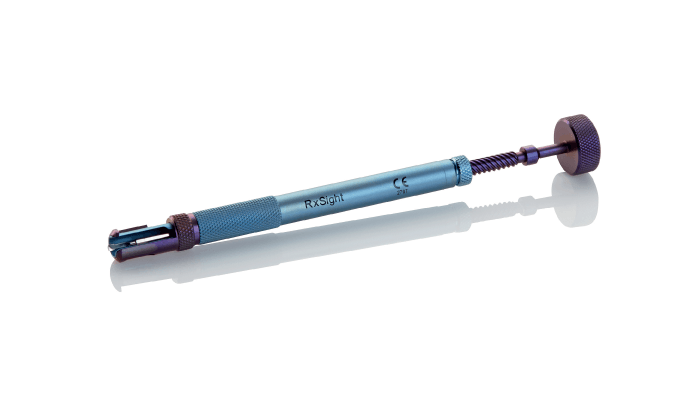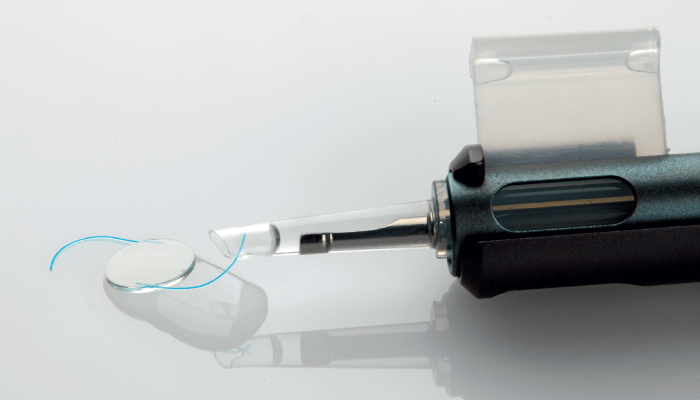
Despite recent developments in cataract surgery technology, residual refractive error is still common – the result of variables in incision healing and the final effective lens position. In fact, research has found only 6 out of 10 cataract patients achieve their targeted vision, and an even smaller percentage achieve excellent vision at all distances (1). Clinicians have long sought an alternative, and RxSight® has answered this need with the Light Adjustable Lens™ (LAL). The LAL is the first and only FDA-approved IOL that can be adjusted postoperatively to improve uncorrected visual acuity. Unlike other lenses, visual outcomes with the LAL are not dependent on the prediction of SIA, ELP, individual healing, or the use of sophisticated equipment before surgery. Instead, vision optimization takes place after the LAL is in its final position (implanted during a standard cataract procedure) and the patient’s eye has healed, overcoming the limitations of preoperative and intraoperative prediction processes.
Put simply, surgeons now have the ability to customize their patient’s vision after cataract surgery. Optimization is achieved through a series of office-based light treatment procedures that take no more than a few minutes. By adjusting the lens this way, patients have the option to “test drive” different visual outcomes until they find an option that meets their personal desires and lifestyle requirements before the final adjustment is locked in. RxSight’s technology is unique in allowing surgeons and patients to work together in this way, ultimately resulting in improved patient satisfaction.
Though not labeled as a presbyopic lens, the majority of LAL patients achieve some form of monovision or mini-monovision because near and distance can be adjusted precisely after implantation. The LAL also offers a reduction in monovision intolerance as patients have the benefit of test driving and refining different amounts of anisometropia. As Hunter Newsom, Founder and Medical Director of Newsom Eye, Florida, USA, attests: “Eighty percent of our first 200 LAL patients saw 20/20 or better at both distance and near without glasses. As the LAL is a monofocal lens and does not split light, it has lower rates of glare and halos compared to a multifocal lens, making it the most accurate and best quality premium IOL in the world today.”
Without a doubt, the LAL delivers superior visual outcomes that simply cannot be matched by non-adjustable IOLs – and the data prove this. In a study of 600 subjects, those who received the LAL followed by adjustments were twice as likely to achieve 20/20 distance vision at six months without glasses as those who received a standard monofocal IOL (2). Incorporating the LAL into your practice isn’t just common sense, it is better business. The LAL can help increase your premium channel penetration, and differentiate your practice in your region. Newsom agrees: “While there is more work [with the LAL], there is also more reward. The LAL has not only increased our volume in the premium channel, but also our net profitability. Patients are getting better vision, and our practice is doing better because of our confidence in these visual results.”
So why rely on preop predictions or postop LASIK enhancements? It’s time to adjust stabilized postop refraction with the LAL and start benefiting from better patient outcomes.

The Light Adjustable Lens is currently only available in the US.
References
- Market Scope, “IOL Market Report: A Global Analysis for 2019 to 2025” (2020).
- US Food and Drug Administration, “Summary of Safety and Effectiveness (SSED) of Light Adjustable Lens and Light Delivery Despite recent developments in cataract surgery technology, Device system” (2020).
